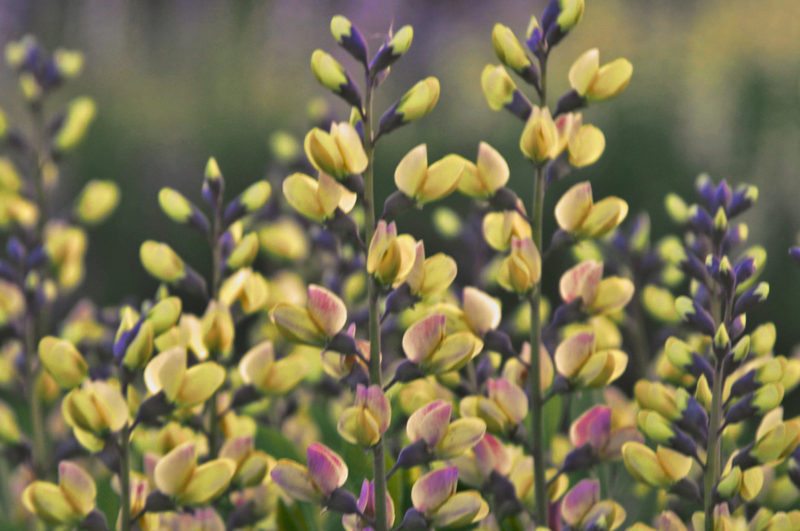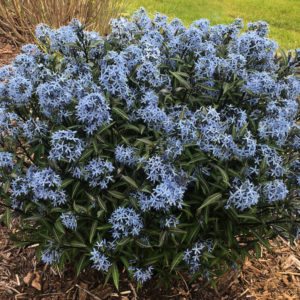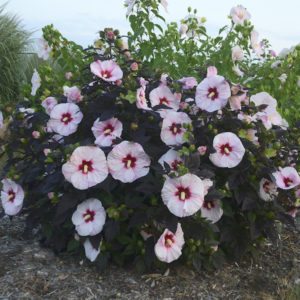
Wild for Natives
Have you had a chance to flip through the September issue of GPN yet? If so, you couldn’t have missed the striking cover featuring lovely baptisia. And if you turn to page 16, you can learn more about trends in native cultivars, like baptisia, and how growers can capitalize on this growing category.
Karin Walters of Walters Gardens, who authored the article, says, “Populating gardens with native plants definitely has benefits. Since they are ‘local,’ they are more likely to be lower maintenance as they are accustomed to your environment.”
She says there has been expanded cultivation, and therefore, native doesn’t necessarily mean boring anymore.
The North American continent is rich with native species to choose from, each with their own unique history. In her article, Karin gives examples of genera that have made significant advancements in the native category. Here are a few of them. To read the full article, click here.
And to view regional maps and learn more about natives, go to https://plants.usda.gov.
Amsonia

Amsonia (Blue Star) has been around for a long time. ‘Storm Cloud’ is a true native that was found in the wild of Alabama and introduced directly to the market. It emerges with intensely dark shoots and, by the time it’s fully emerged, periwinkle blue, star-shaped flowers cover the shrub like plant.
Baptisia

Baptisia (False Indigo) has been making a serious comeback in the last few years. Before some recent introductions, you could expect to find these plants in hues of blues, yellows or whites. Now, we’re fortunate enough to enjoy may different hues, such as the brand new bicolor ‘Decadence Deluxe Pink Lemonade’.
Hibiscus

Hardy hibiscus (Rose Mallow) has been in production for many years, yet many home gardeners seem surprised that these hibiscus are cold hardy. Modern hibiscus breeding has come a long way from the massive 5-foot plants of old to now a more manageable height. ‘Perfect Storm’ is a recent introduction that only stands at 3 feet, but still has dinner plate flower size.
Penstemon

Penstemon (Beardtongue) is a very large genus with a lot of genetic diversity. Different species can be found across the U.S. and Mexico, and are known for being heat and humidity tolerant. One of the more interesting developments for penstemon has been in the Penstemon digitalis class. ‘Blackbeard’ is an example of an improved dark foliage penstemon with lilac purple flowers.
Have you seen an increased demand for natives? What are some of your favorite native cultivars? Shoot me an email at jdolce@greatamericanpublish.com, and let me know. I’d love to hear from you.


 Video Library
Video Library 




















